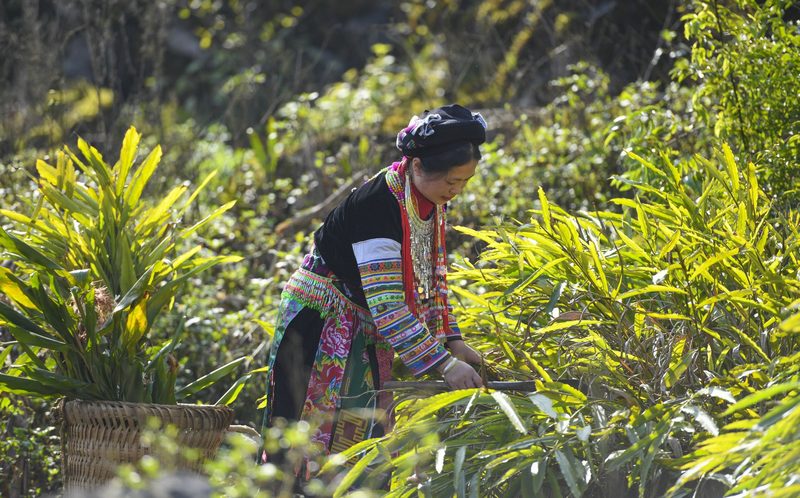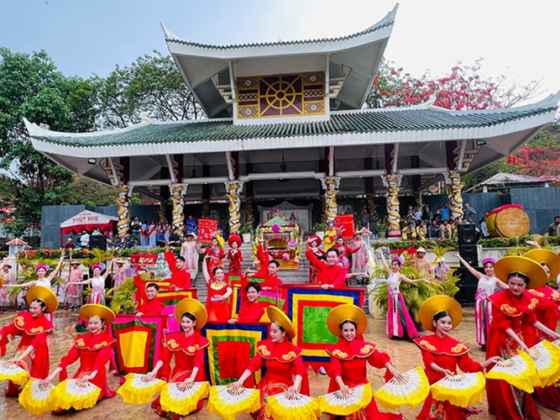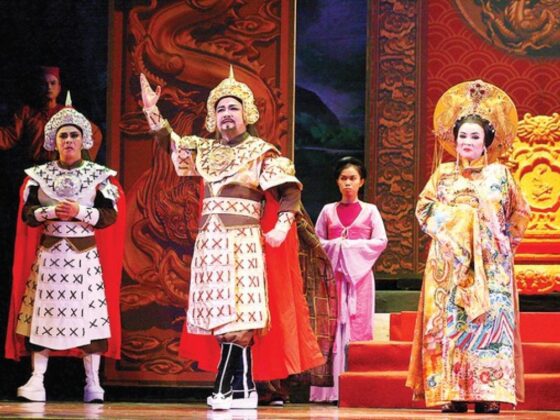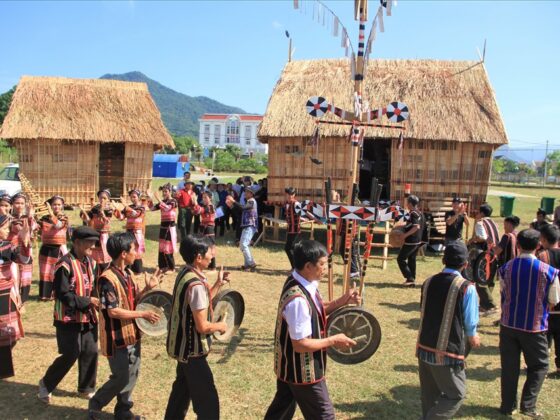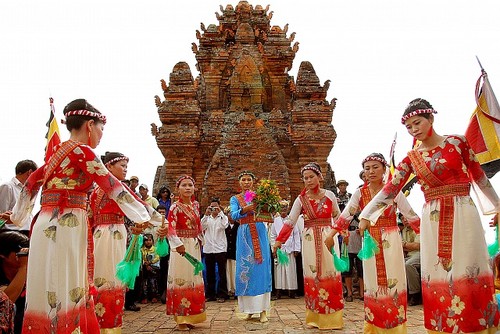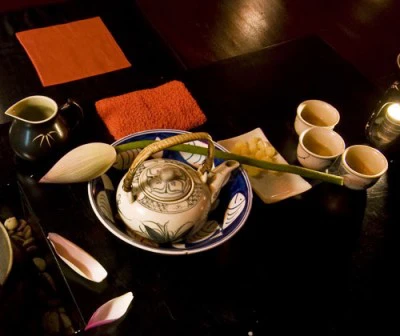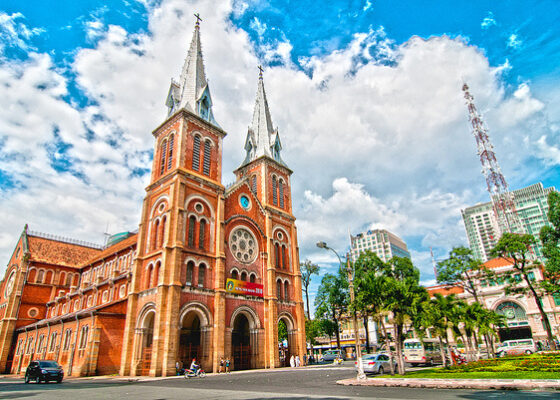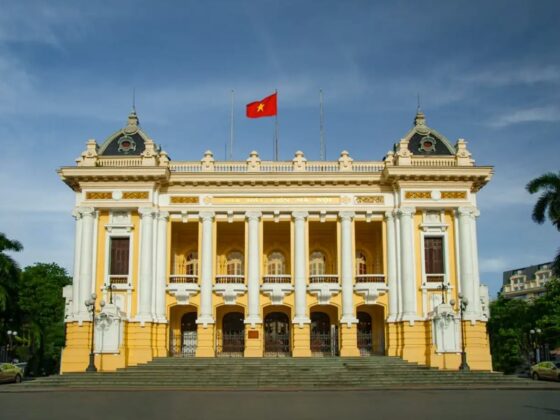Table of Contents Show
✍️ AI is summarizing:
Vietnam’s rich tapestry of culture and tradition is deeply intertwined with its natural environment. This guide to Vietnamese herbal medicine highlights some of the key plants used by communities like the Dao, Tay, and Hmong for various purposes, including teas, pain relief, and ritual cleansing.
- Stargazing in Vietnam: 8 Best Remote Hikes & Night Photography Tips
- The Art of Vietnamese Pottery: A Timeless Tradition in Bat Trang Village
- The Lotus Flower: Why It’s Vietnam’s National Flower and a Symbol of Purity
Understanding the wisdom behind Vietnamese herbal medicine
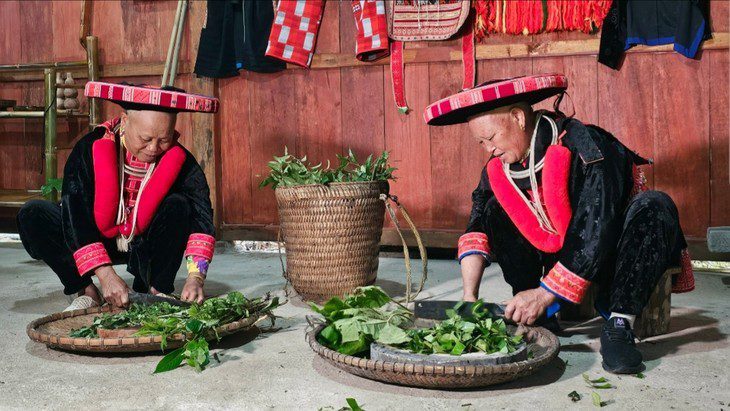
The Dao, Tay, and Hmong people have a profound understanding of their natural surroundings, cultivated through centuries of tradition and practice. Their knowledge of Vietnamese herbal medicine is passed down through generations, often shared during communal gatherings or family rituals. Each ethnic group has its own distinctive practices and preferred plants, reflecting their unique cultural identities.
How Vietnamese herbal medicine is used in Dao herbal teas
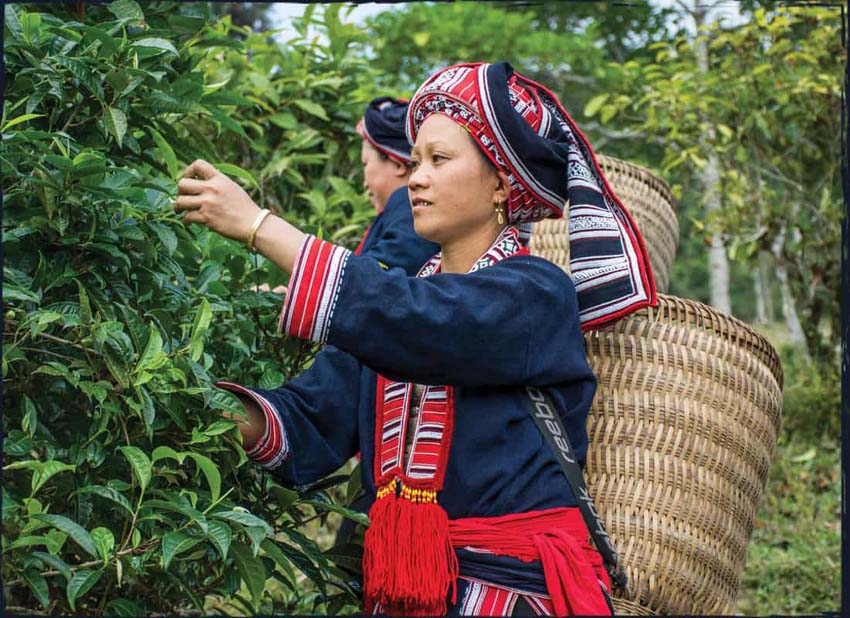
The Dao people are particularly known for their use of herbal teas, which serve both medicinal and social purposes. One popular plant is ginseng, renowned for its energy-boosting and restorative properties. In the practice of Vietnamese herbal medicine, the Dao often brew ginseng tea to alleviate fatigue and enhance overall vitality.
Another significant herbal tea is made from dried leaves of the mulberry tree. This tea is not only refreshing but is also believed to have cooling properties that help reduce fevers and cleanse the body. The Dao community often gathers to enjoy these teas together, reinforcing social bonds while promoting health.
Using Vietnamese herbal medicine for pain relief in Tay traditions
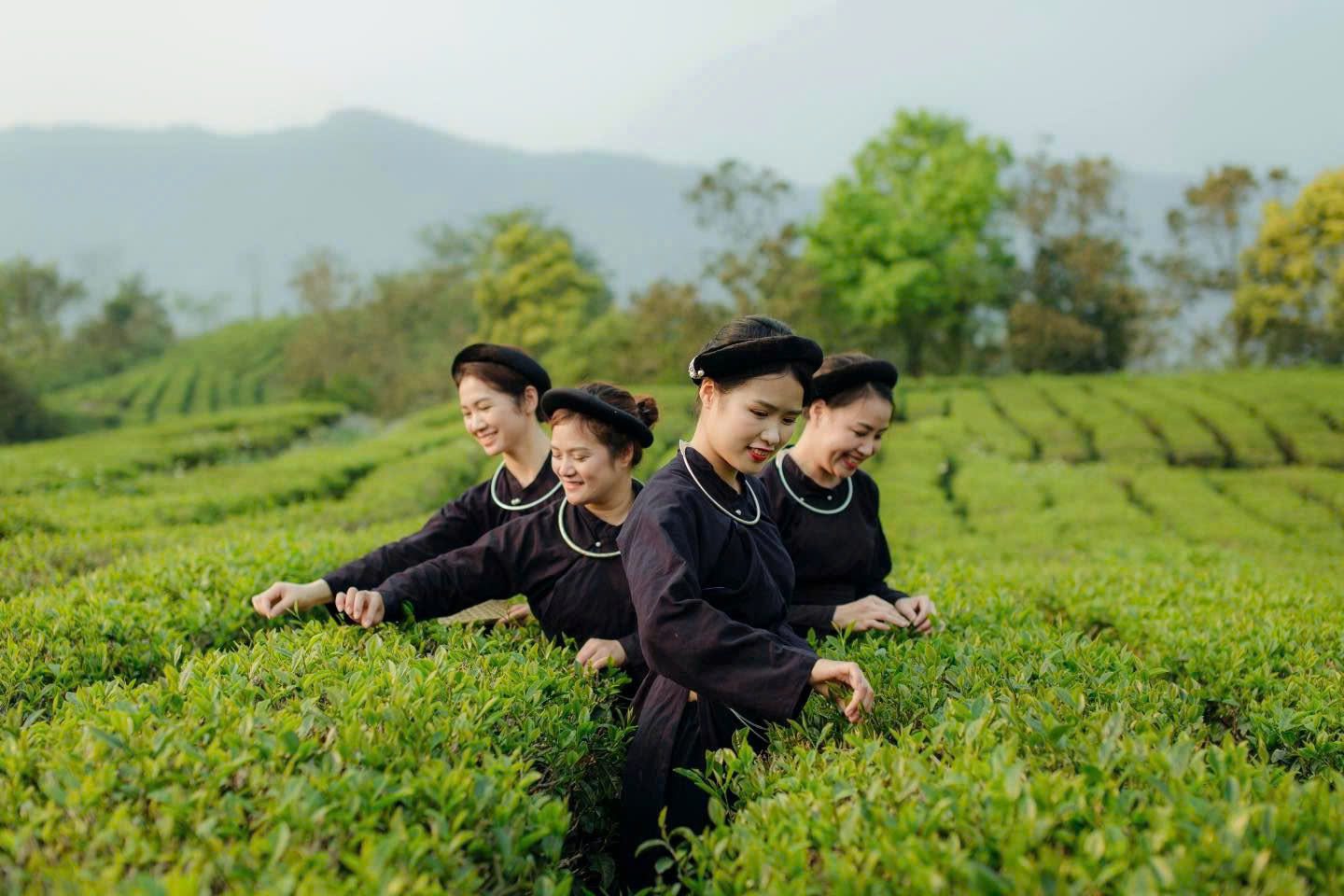
The Tay people have a rich tradition of using wild plants for pain relief. In the tradition of Vietnamese herbal medicine, one of their most cherished remedies is willow bark, known for its anti-inflammatory properties. The bark is often boiled to create a soothing tea that helps alleviate headaches and joint pain.
Another plant commonly used by the Tay for pain relief is turmeric. This golden root is not only a culinary staple but is also valued for its powerful anti-inflammatory effects. The Tay people often make a paste from turmeric and apply it to sore muscles or joints, providing immediate relief.
The role of Vietnamese herbal medicine in Hmong ritual cleansing
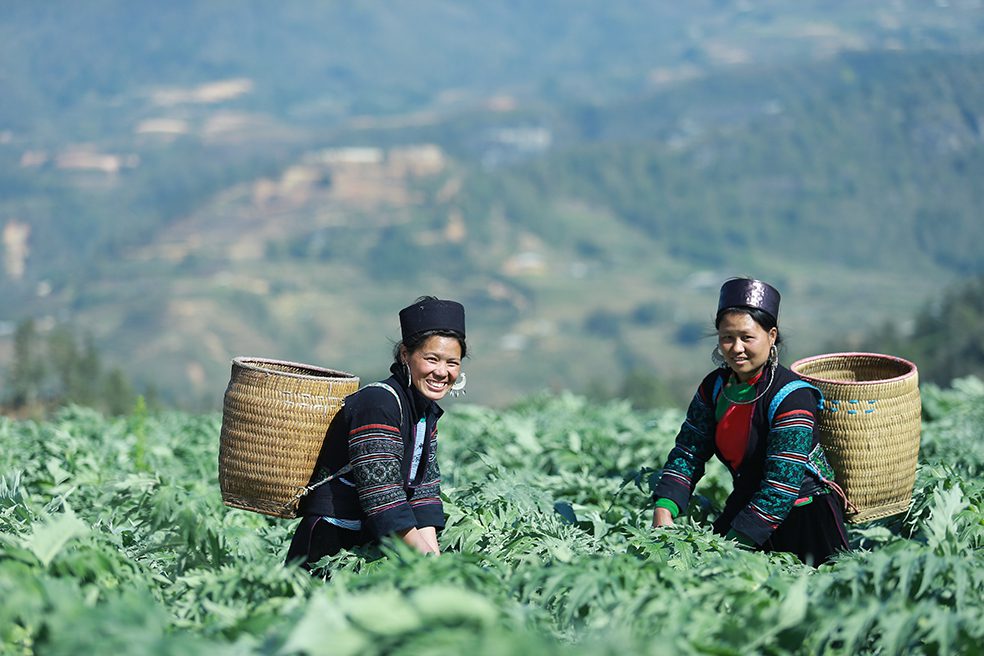
The Hmong community places a strong emphasis on spiritual well-being, and their use of wild plants for ritual cleansing reflects this belief. Sage is a key plant in Hmong rituals and a key component of Vietnamese herbal medicine as practiced by them, often used in smoke cleansing ceremonies to purify spaces and individuals.
Additionally, the Hmong utilize lemongrass not just for cooking but also for cleansing rituals. They brew lemongrass tea as a way to detoxify the body and refresh the spirit. This fragrant plant is associated with vitality and is often consumed before important ceremonies or events.
The modern relevance of traditional Vietnamese herbal medicine
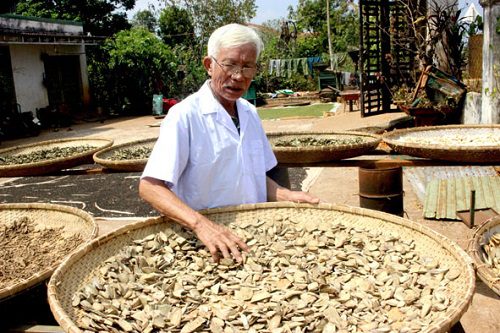
While traditional herbal medicine plays a vital role in these communities, there is a growing interest in the therapeutic potential of these wild plants among the broader population. Many people are turning to herbal remedies as a natural alternative, leading to a resurgence of interest in the practices of Vietnamese herbal medicine.
Moreover, the ExoTrails app has become a valuable resource for those interested in learning about these herbal practices. It offers guided tours that not only showcase stunning landscapes but also educate visitors about the local flora and its uses, helping preserve these ancient practices.
Conclusion
The practice of Vietnamese herbal medicine among indigenous groups like the Dao, Tay, and Hmong is a profound testament to their deep connection with nature. From the Dao’s restorative teas and the Tay’s natural pain remedies to the Hmong’s sacred cleansing rituals, these traditions offer a holistic approach to well-being.
Preserving this ancestral knowledge is not just about safeguarding cultural heritage; it’s about recognizing a timeless source of healing that continues to offer valuable lessons in our modern world.
For more travel inspiration and to connect with fellow adventurers, join our community on the ExoTrails Vietnam Facebook group and follow the ExoTrails Fanpage!
FAQs
What is traditional Vietnamese medicine?
Traditional Vietnamese medicine is a holistic healing system that uses natural elements like herbs, alongside practices like acupuncture and dietary therapy, to treat illness and maintain well-being.
What medicinal plants grow in Vietnam?
Vietnam is home to thousands of medicinal plants, including well-known ones like ginseng, turmeric, lemongrass, mulberry leaf, and willow bark, which are used for various healing purposes.
How do Hmong healers use plants?
Hmong healers use plants like sage and lemongrass not just for physical ailments but also for important spiritual cleansing rituals to purify spaces and individuals from negative energy.
What are Dao herbal teas good for?
Dao herbal teas, such as those made from ginseng or mulberry leaves, are used to boost energy, alleviate fatigue, and provide a cooling effect to help reduce fevers.
Where can I learn about indigenous cultures in Vietnam?
You can learn through responsible travel, such as guided tours to their regions, staying in local homestays, and using resources like the ExoTrails app for culturally immersive experiences.

